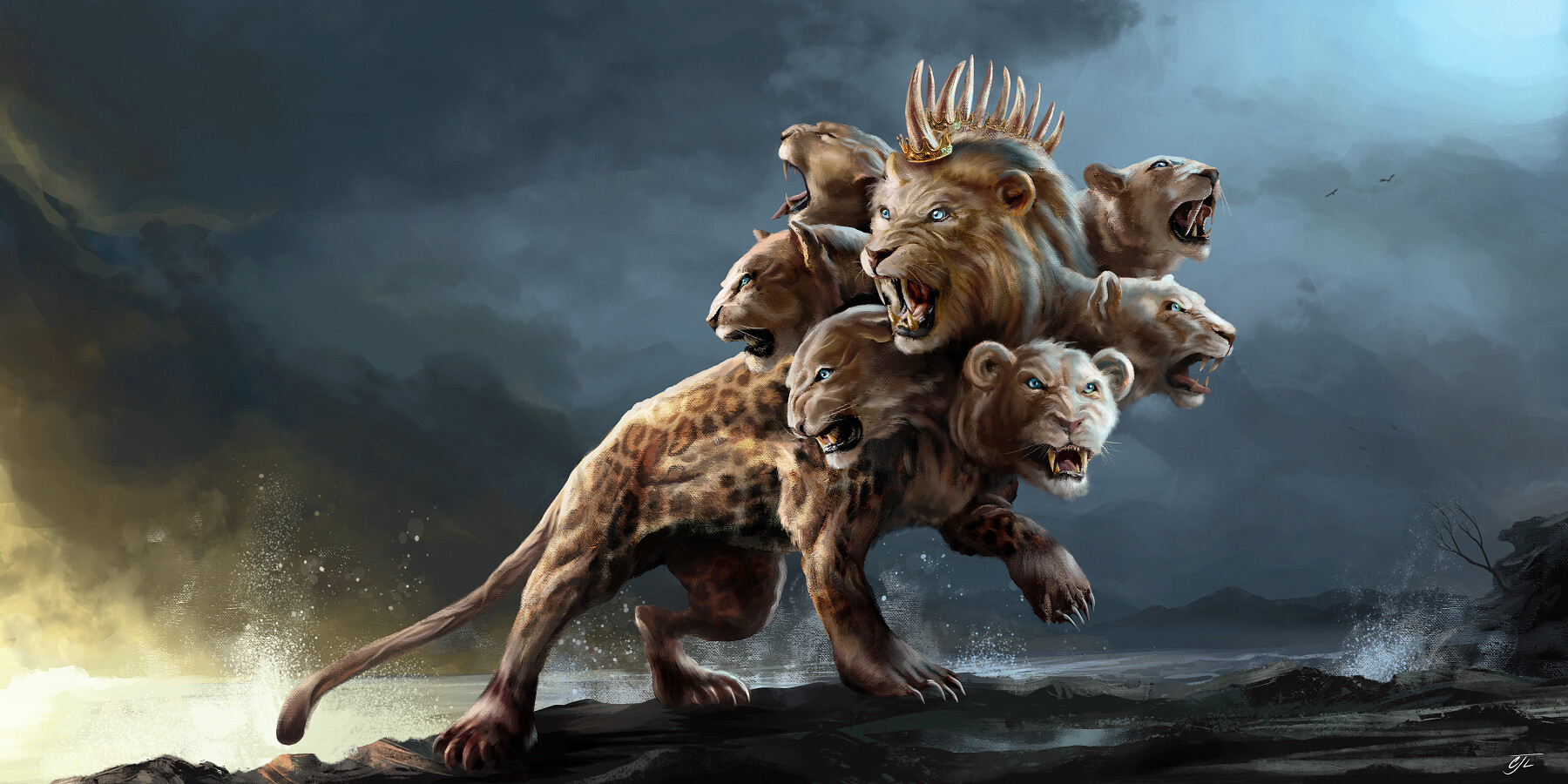Revelation's Beast and the Dragon

The book of Revelation, filled with prophecy and symbolism, describes a beast with seven heads and ten horns that rises from the sea. This beast is often interpreted as a metaphor for empires or world systems opposed to God.
Revelation 13:3 – "One of the heads of the beast seemed to have had a fatal wound, but the fatal wound had been healed. The whole world was filled with wonder and followed the beast."
This passage points to the first beast – a wounded, seemingly defeated entity that miraculously recovers and gains global admiration.
The Second Beast – A Deceptive Ally

Revelation 13:12 – "It exercised all the authority of the first beast on its behalf, and made the earth and its inhabitants worship the first beast, whose fatal wound had been healed."
This refers to the second beast, also called the false prophet. Though it may appear gentle (like a lamb), it speaks like a dragon. It uses influence to direct people’s worship toward the first beast.
Jesus' Teachings: Foundations That Stand
Matthew 7:24–25 – "Therefore everyone who hears these words of mine and puts them into practice is like a wise man who built his house on the rock..."
Jesus emphasizes spiritual resilience. When foundations are rooted in His teachings, believers will stand strong through chaos and trials.
Creation and Humanity’s Role

Genesis 1:28 – "God blessed them and said to them, 'Be fruitful and increase in number; fill the earth and subdue it...'"
This highlights mankind’s intended role as a steward of creation under God’s authority — not as tyrants but caretakers. We were given responsibility, not dominance.